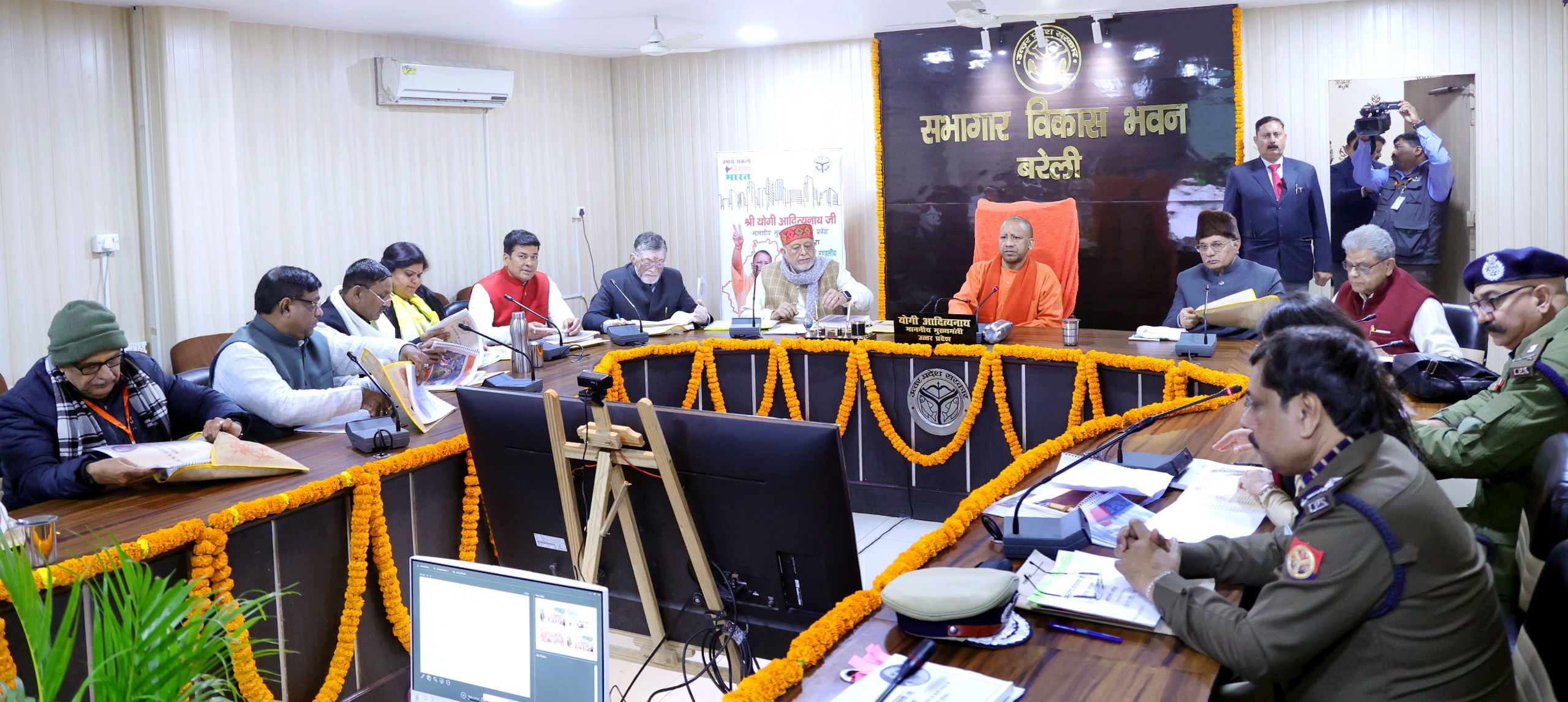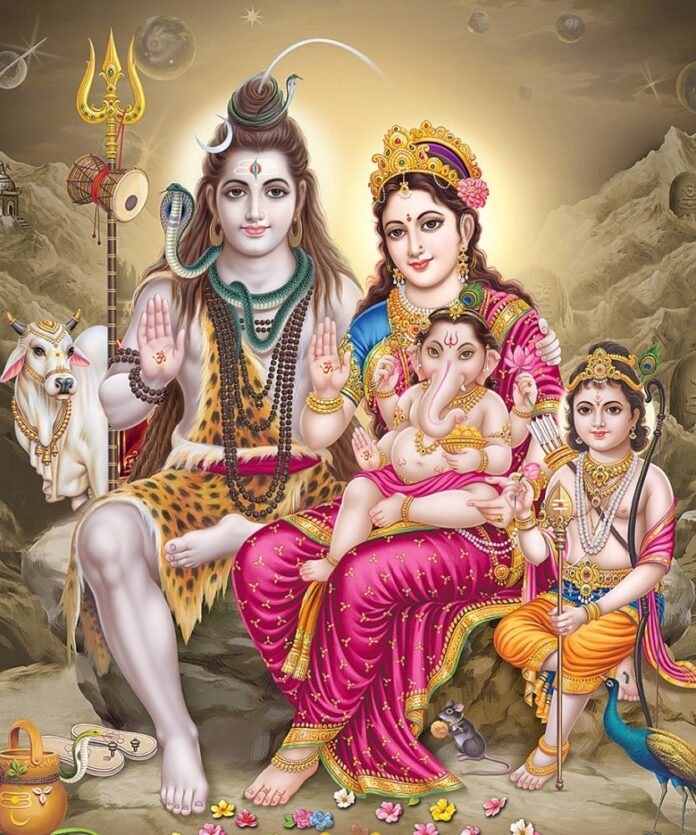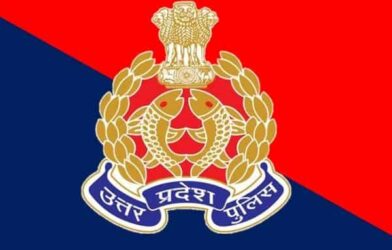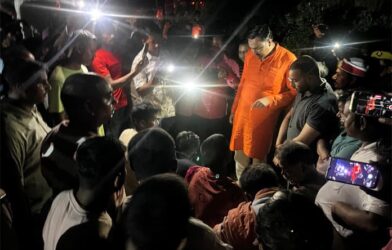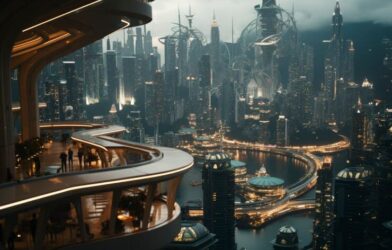- Nath Corridor will give Bareilly a unique identity; acquire additional land promptly if needed: Chief Minister
- Chief Minister reviews the progress of the Nath Corridor Project in Bareilly
- River front should be developed by channelizing Ramganga river, instructs CM
- Vedic libraries should be developed in temples to ensure availability of Vedic literature in digital form: Chief Minister
- Make a digital tourist map of Nath Circuit for the convenience of tourists
- Chief Minister emphasizes adopting indigenous methods in the management of sewage, drainage, and solid waste.
By Our Correspondent
Bareilly: Uttar Pradesh Chief Minister Yogi Adityanath has given instructions to make the roads of the under-construction Nath Corridor in Bareilly four lanes. Furthermore, he emphasized the commercial utilization of the land along the Nath Corridor to boost revenue for both the authority and the municipal corporation.
● During his tour of Bareilly on Wednesday, the Chief Minister, while assessing the Nath Corridor project at the Circuit House, underscored that no city or district can prosper without embracing its identity. Therefore, giving special importance to Lord Shiva, who is the identity of Bareilly, is crucial.
● The Chief Minister stated that, after consultations with the people of the temples affected by development work, relocation of additional temples, apart from the original and main temple, should be done with mutual consent using classical methods, drawing inspiration from the practices observed in Varanasi. Temple complexes should be developed on Vedic methods. He said that all the temples should be developed equally on the basis of Vedic architecture.
● The Chief Minister said that if additional land is required for the development of Nath Corridor, it should be purchased immediately.
● The Chief Minister said that the basic facilities required for the devotees in the temple premises, such as parking, drinking water, a passenger shed for rest, modern lighting and sound system, shoe stand, toilets, etc. should be developed as per the architectural style of the temple. Additionally, he instructed the construction of a hall on the ground floor for rituals like Rudrabhishek and Bhandara and a multipurpose hall on the first floor for holding religious ceremonies.
● The Chief Minister directed the establishment of Vedic libraries in temples, ensuring the availability of Vedic literature in digital format. Similar types of kiosks/shops should be constructed for arranging Prasad and puja materials. For the convenience of devotees, natural and artificial water sources should also be developed.
● The Chief Minister issued directives for the revival of water sources like rivers and ponds in urban areas. He emphasized the development of the riverfront by channelizing the Ramganga River. Additionally, under the Amrit Yojana, the Chief Minister
recommended utilizing the water from the Ramganga River as drinking water for the city. This approach aims to safeguard groundwater while ensuring an ample supply of drinking water for the residents.
● The Chief Minister also directed that street vendors should be systematically rehabilitated.
● The Chief Minister stressed the importance of creating a digital tourist map for the Nath Circuit, making it easier for people to understand how to reach the temples.Local people should be prominently involved in the development of the corridor so that they feel their emotional attachment to the corridor.
● Instructions were given by the Chief Minister that indigenous methods should be used in the management of sewage, drainage, and solid waste in the township.
● The Chief Minister said that the expenses of running STP are very high. If indigenous models are adopted, there will be a huge reduction in expenses. Efforts should also be made to ensure that liquid and solid wastes are treated and recycled in such a manner that no waste goes out of the township. Successful efforts have been made in this regard in Gorakhpur.
● Instructions were given by the Chief Minister that, along with residential townships, various industrial clusters, medicine cities, and knowledge parks should also be developed so that small entrepreneurs and people associated with the service sector can also get employment.
● In the review meeting, the Chief Minister was informed by the Commissioner, Bareilly Division, that under the Nath Corridor Project, it is proposed to build a ‘parikrama marg’ connecting seven major Shiva temples. Under the project, various types of development works are to be done on the temples. Under this, the small temples and other constructions established in an unplanned manner on the temple premises will be reestablished and the main temple will be given prominence.
● During the review meeting, the Vice Chairman of Bareilly Development Authority briefed the Chief Minister about the proposed Nath Dham Integrated Township in the Greater Bareilly Residential Scheme and on Badaun Road. Additionally, the Chief Minister received information about the income generated by the Authority over the last five years.





